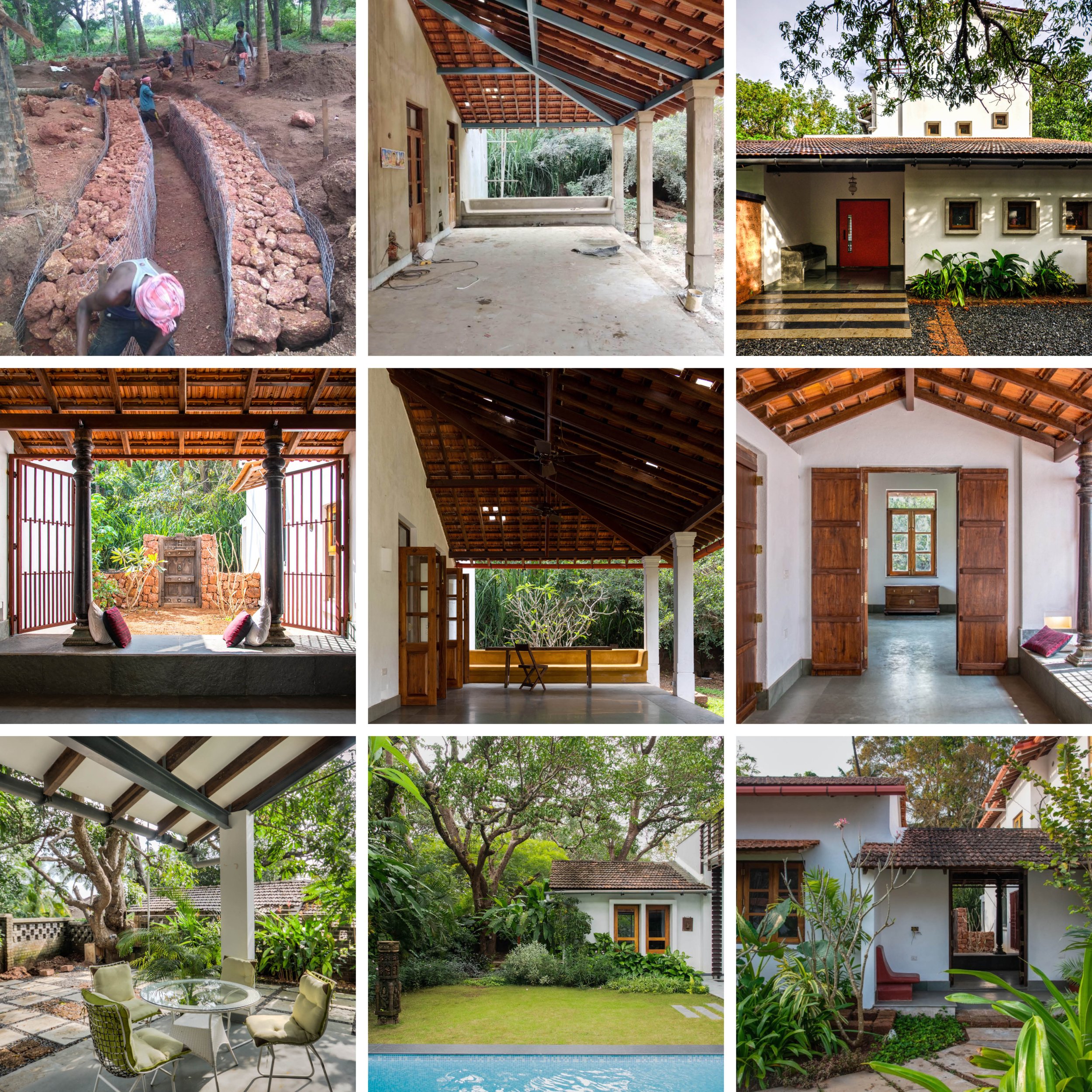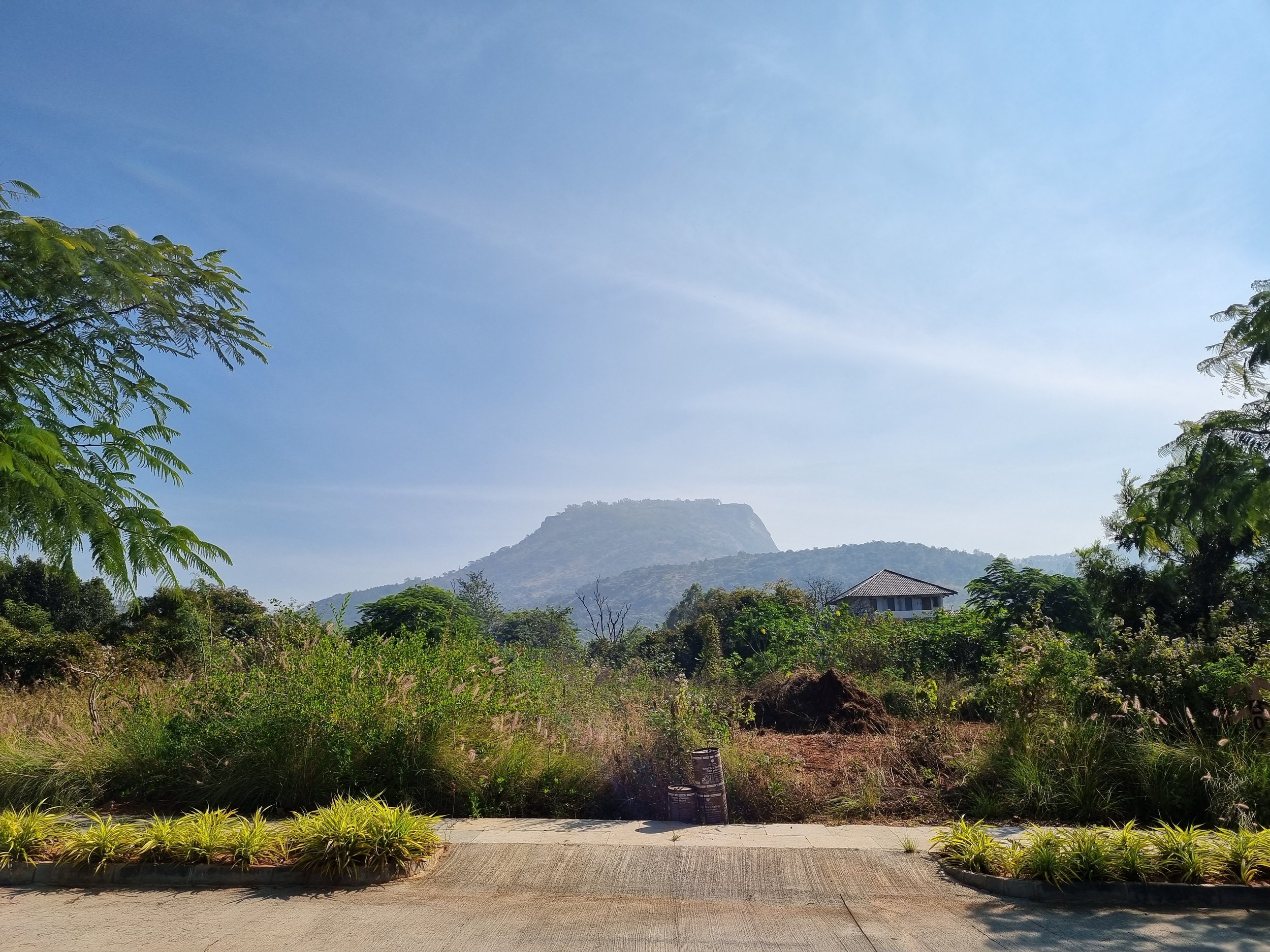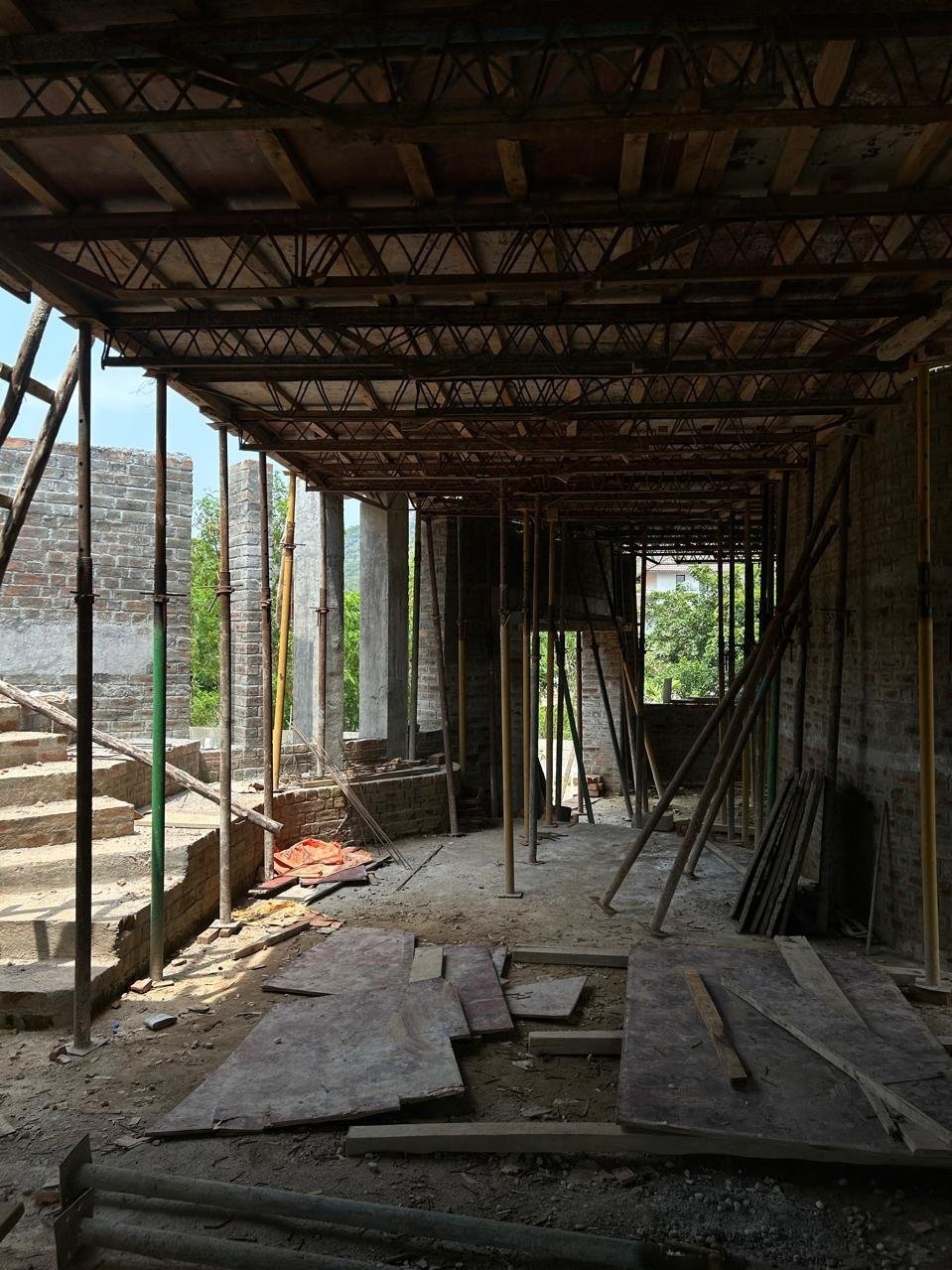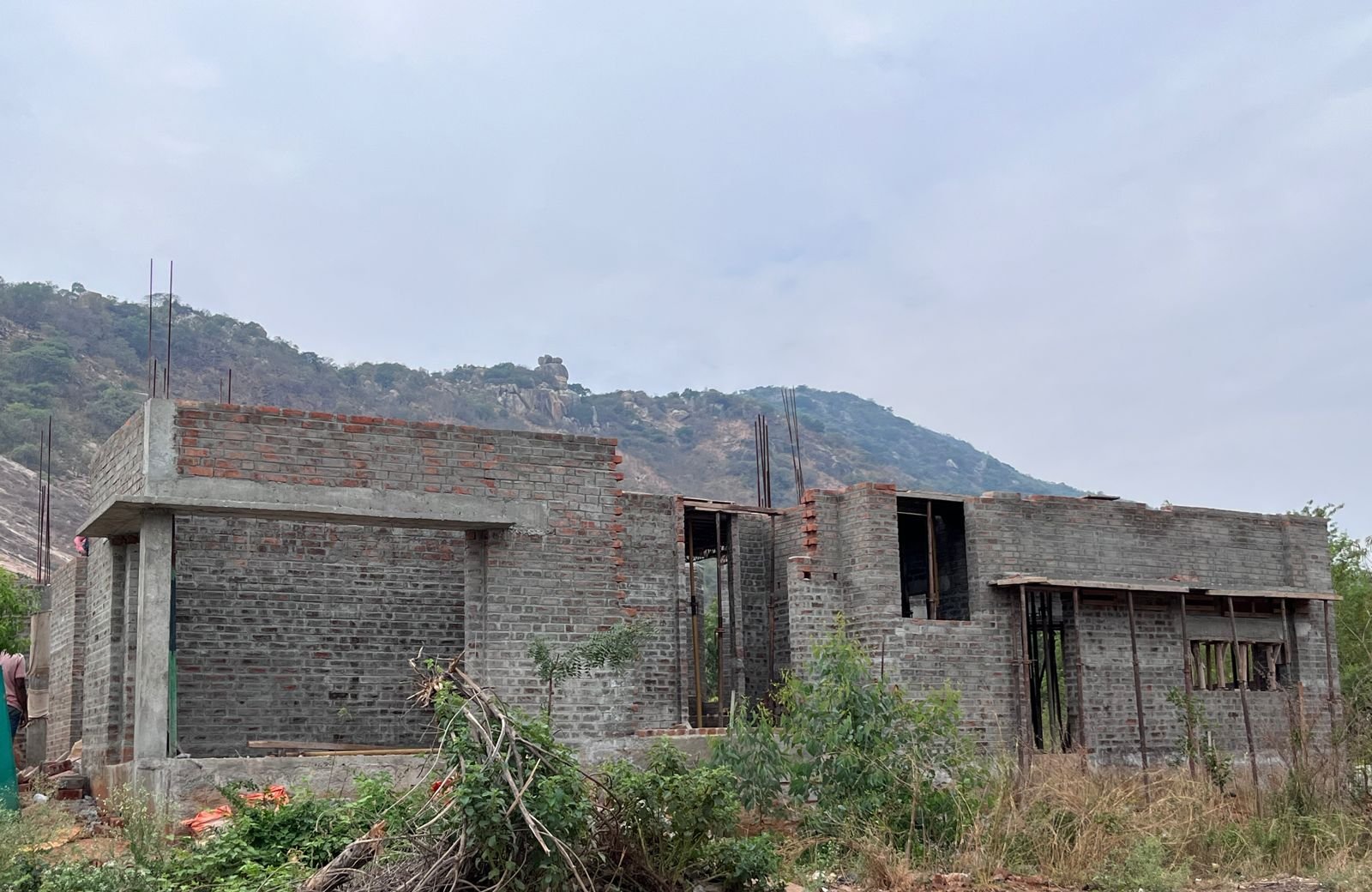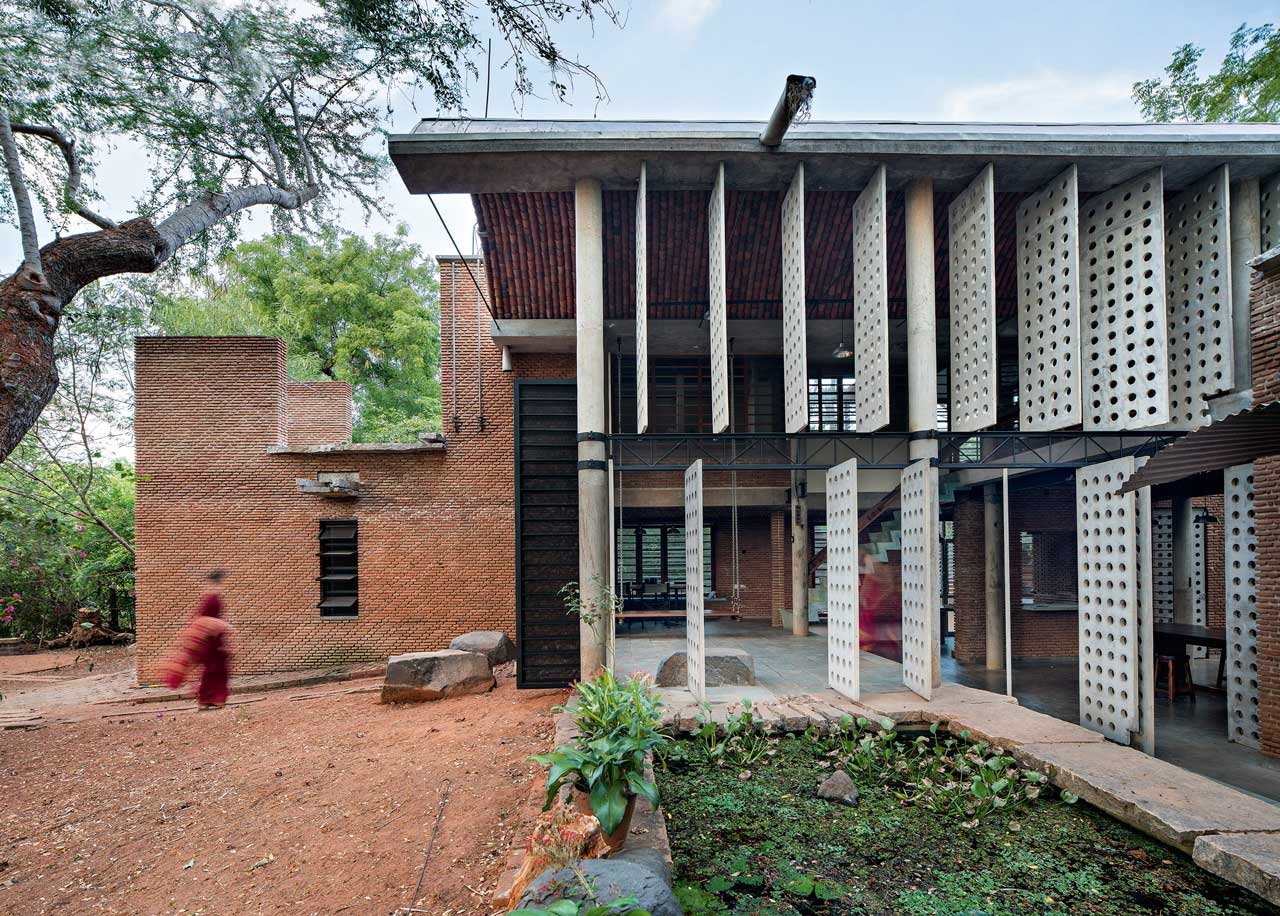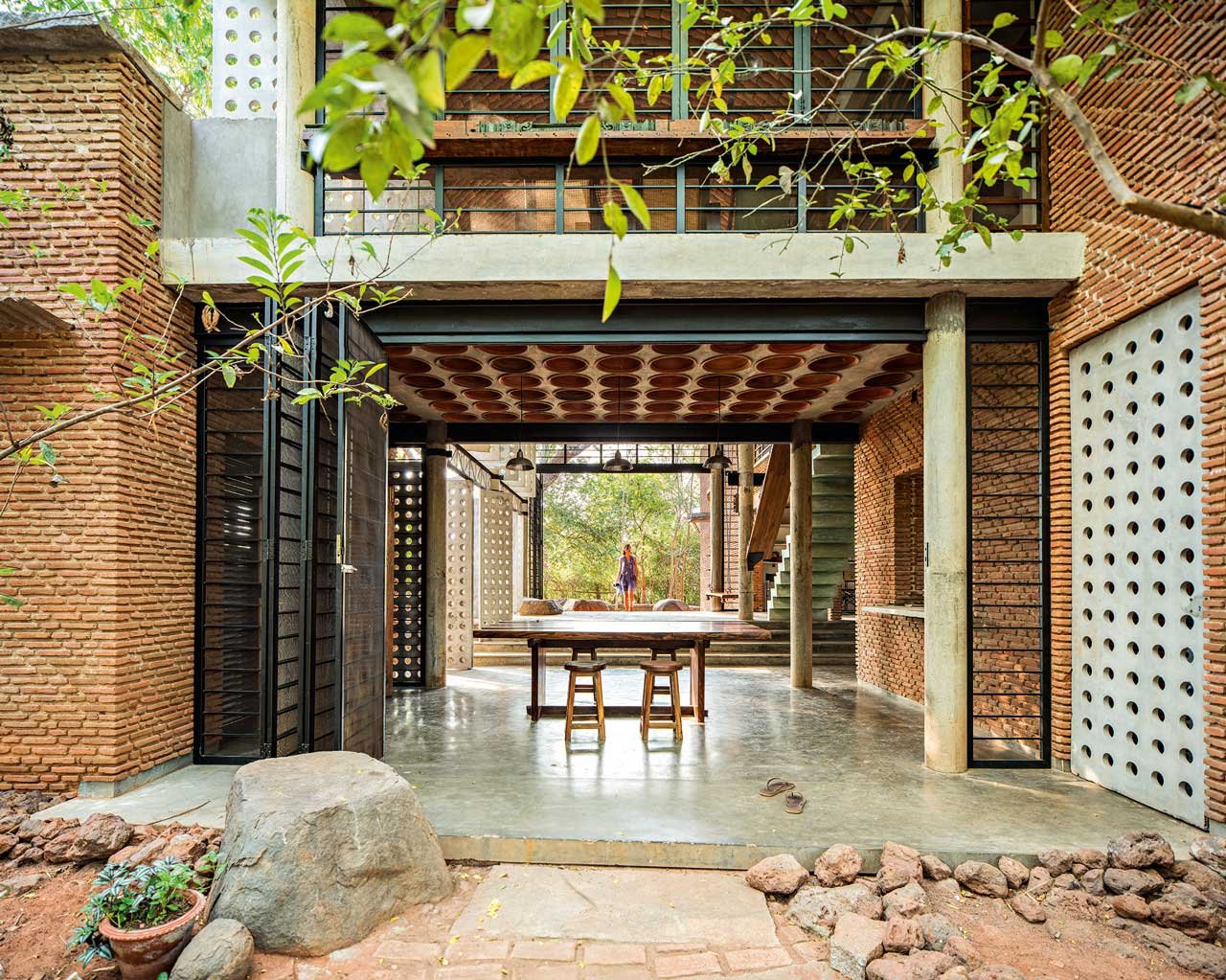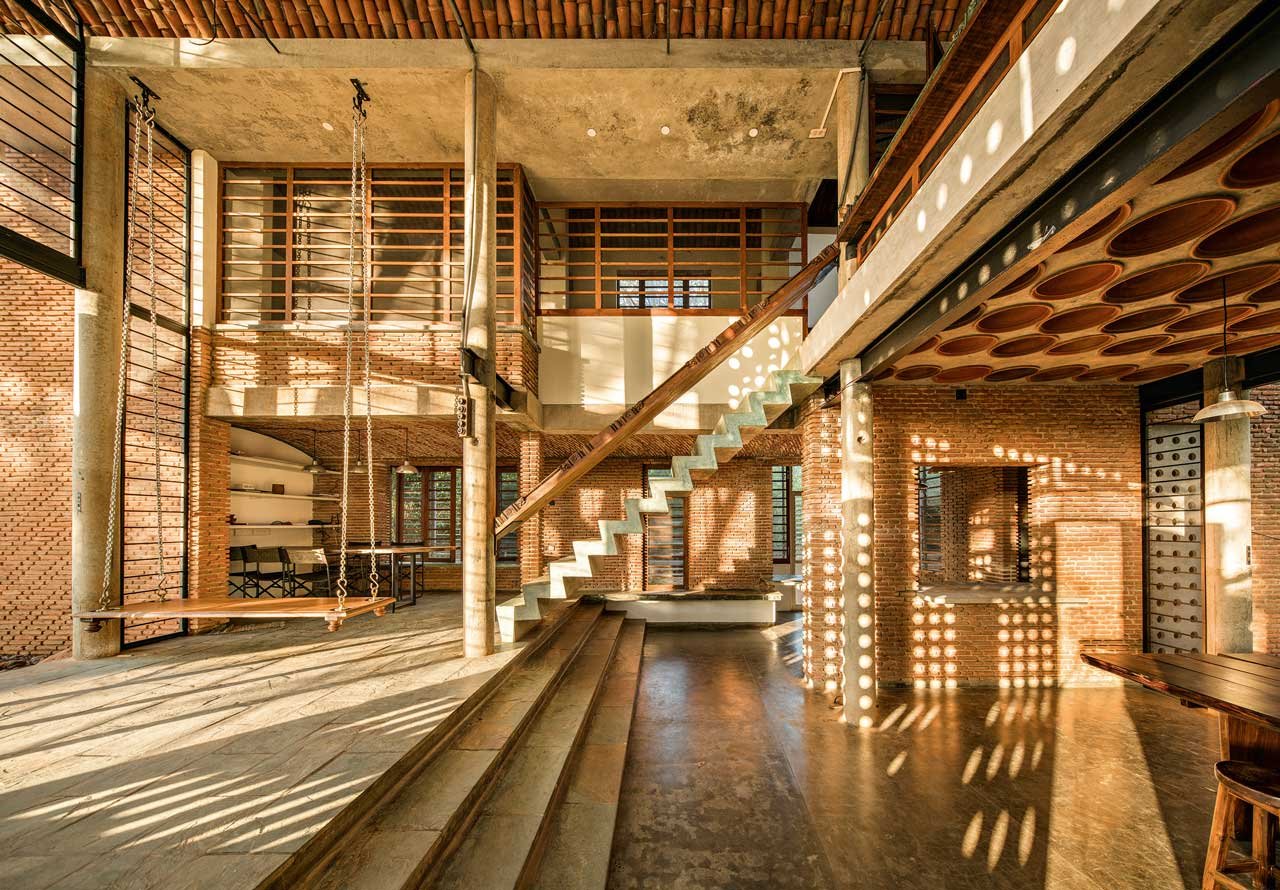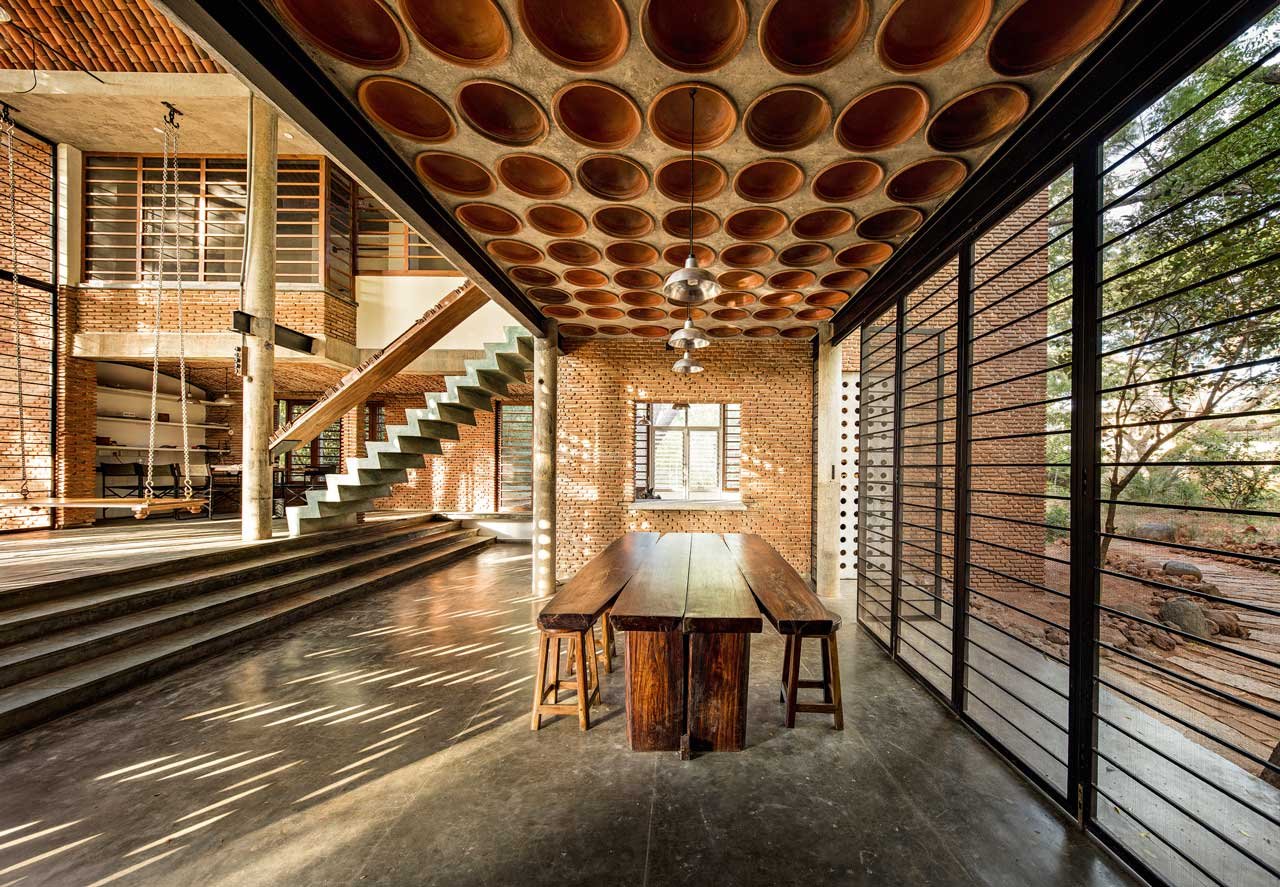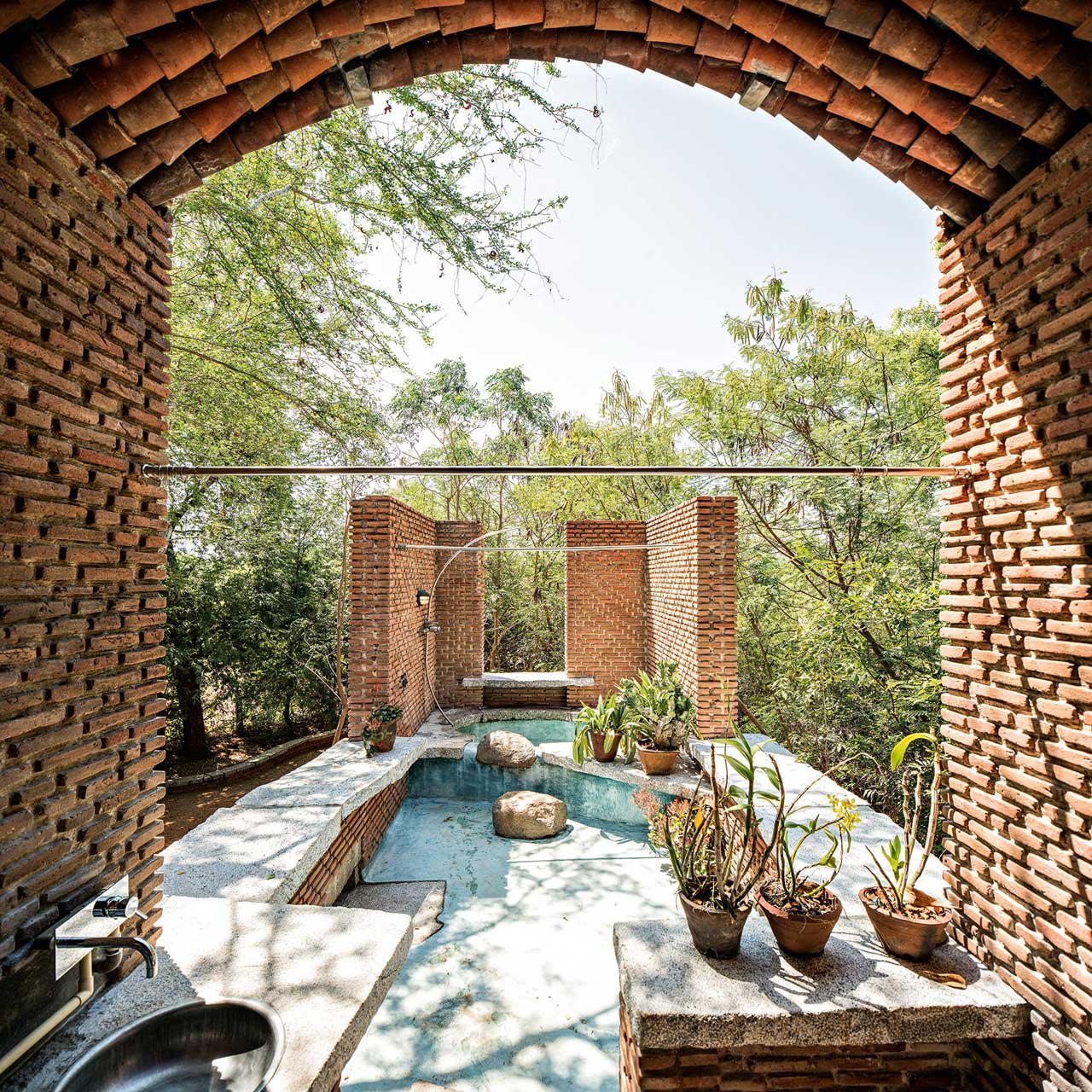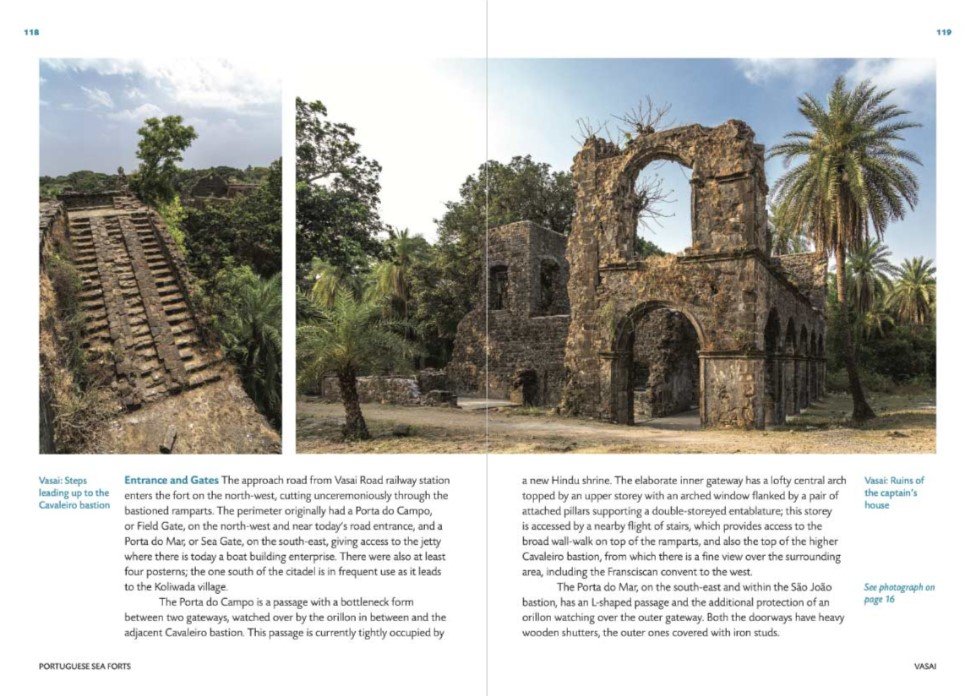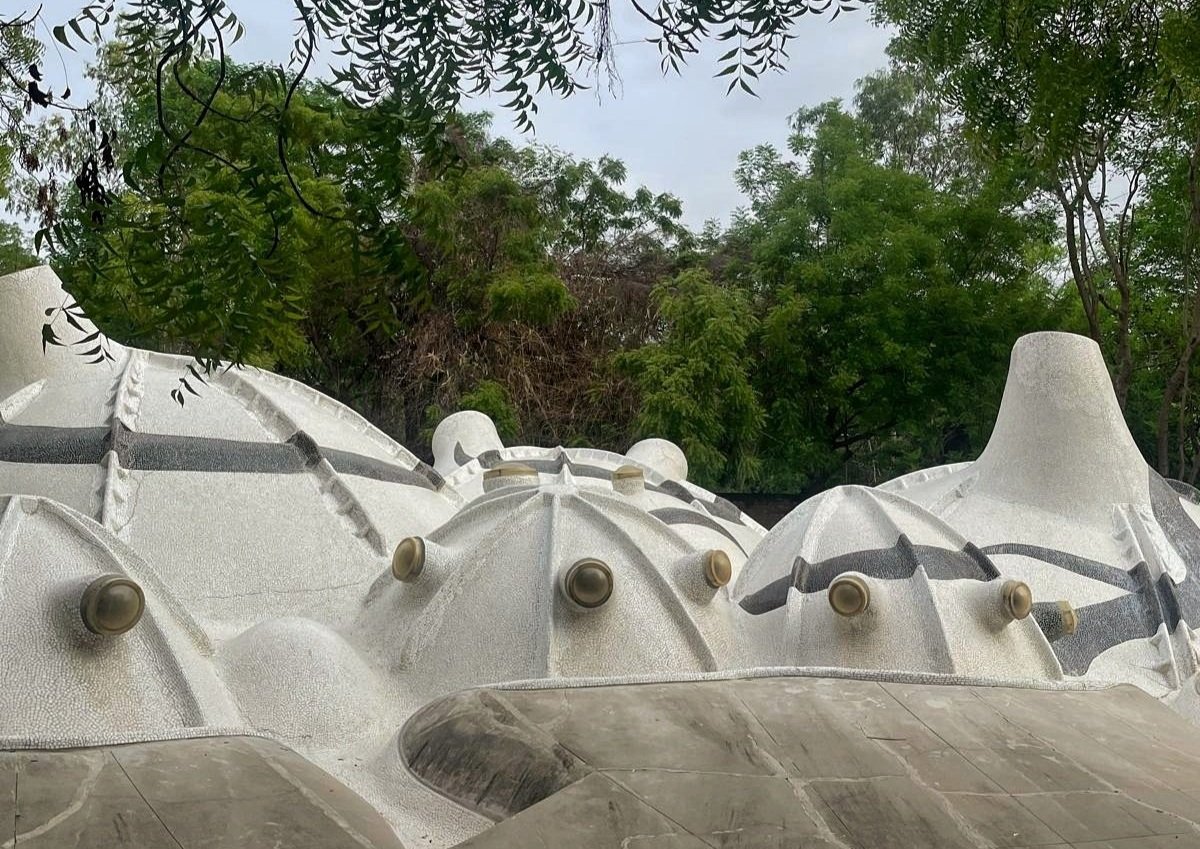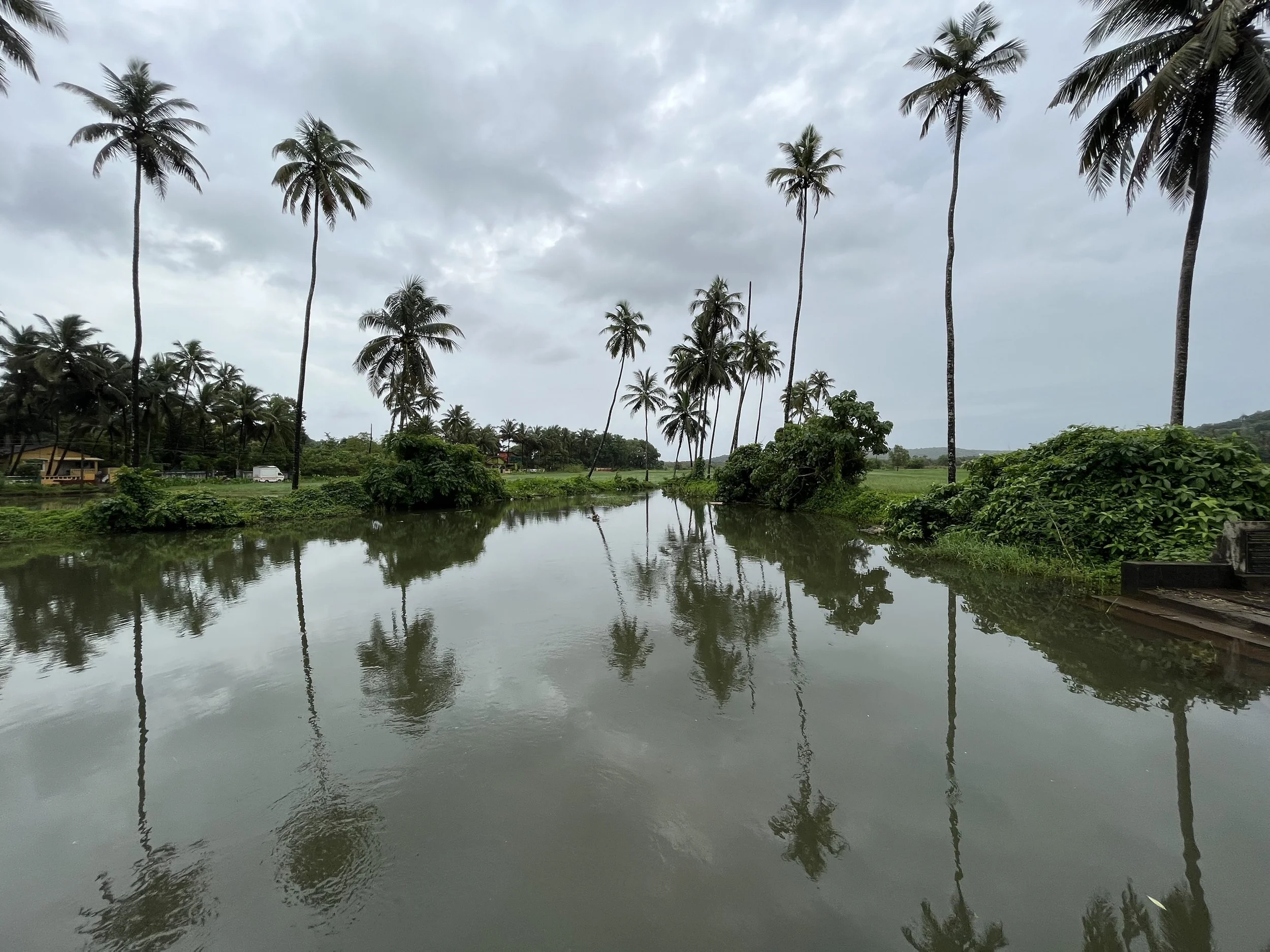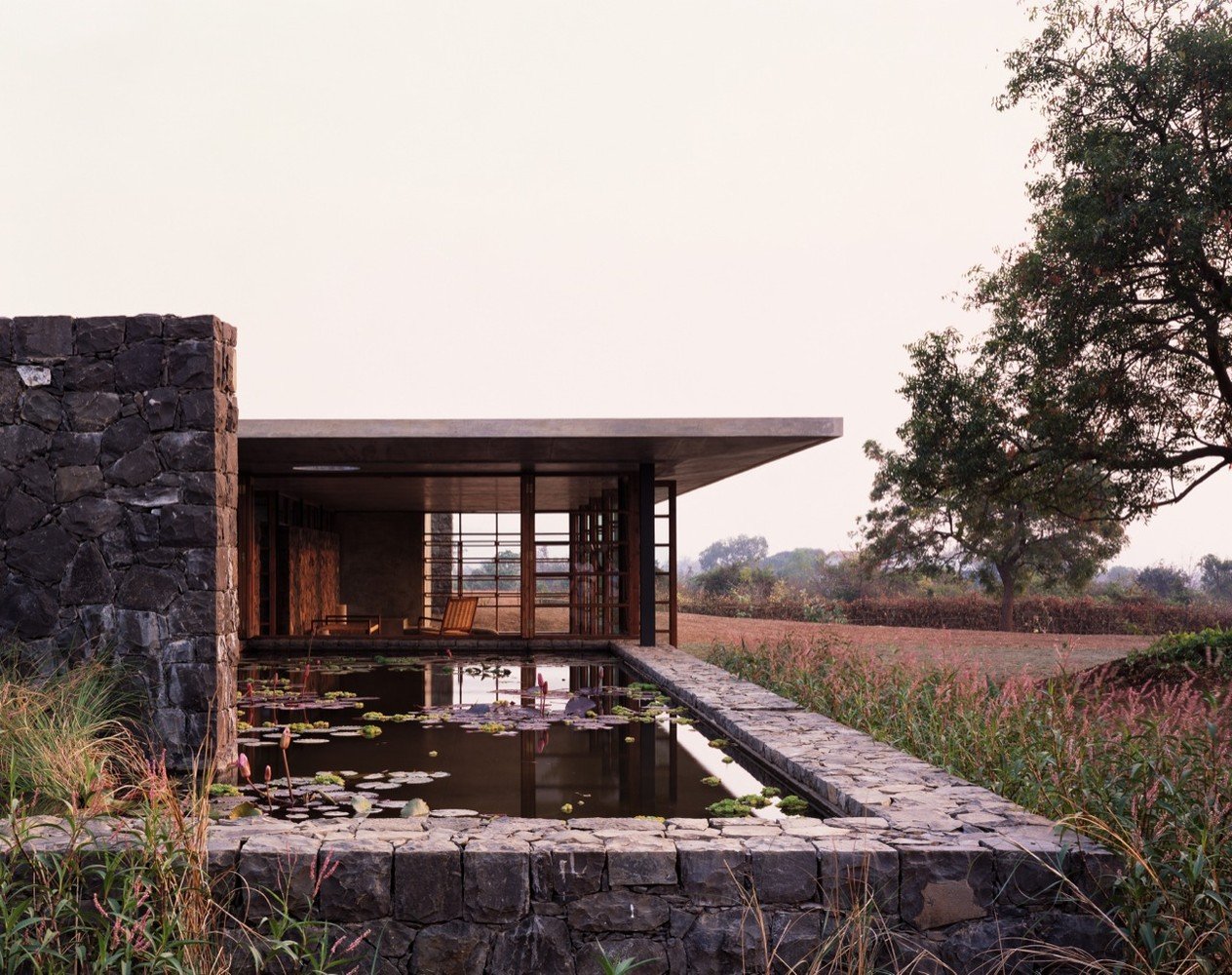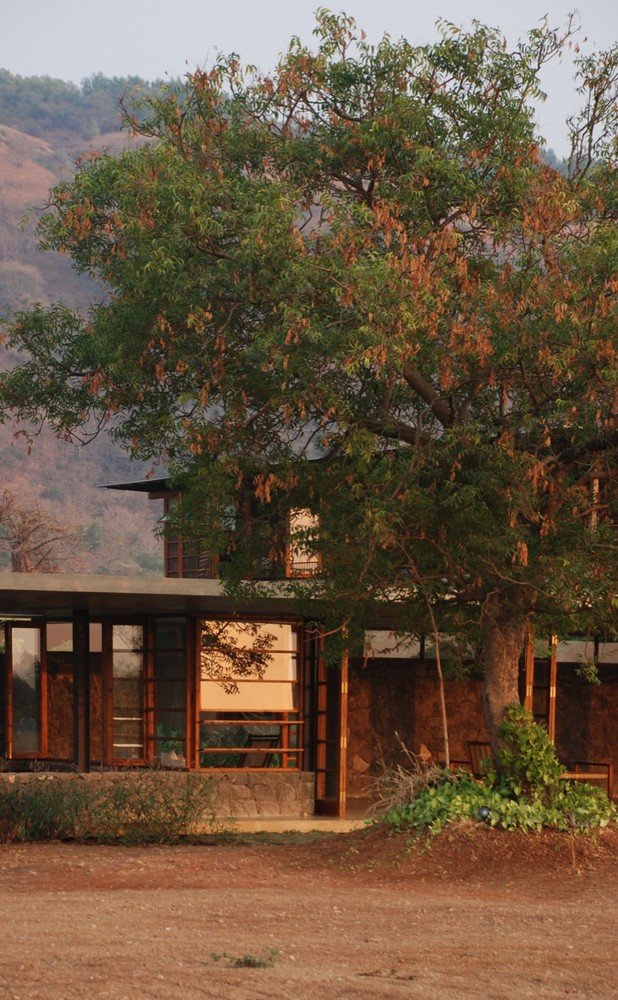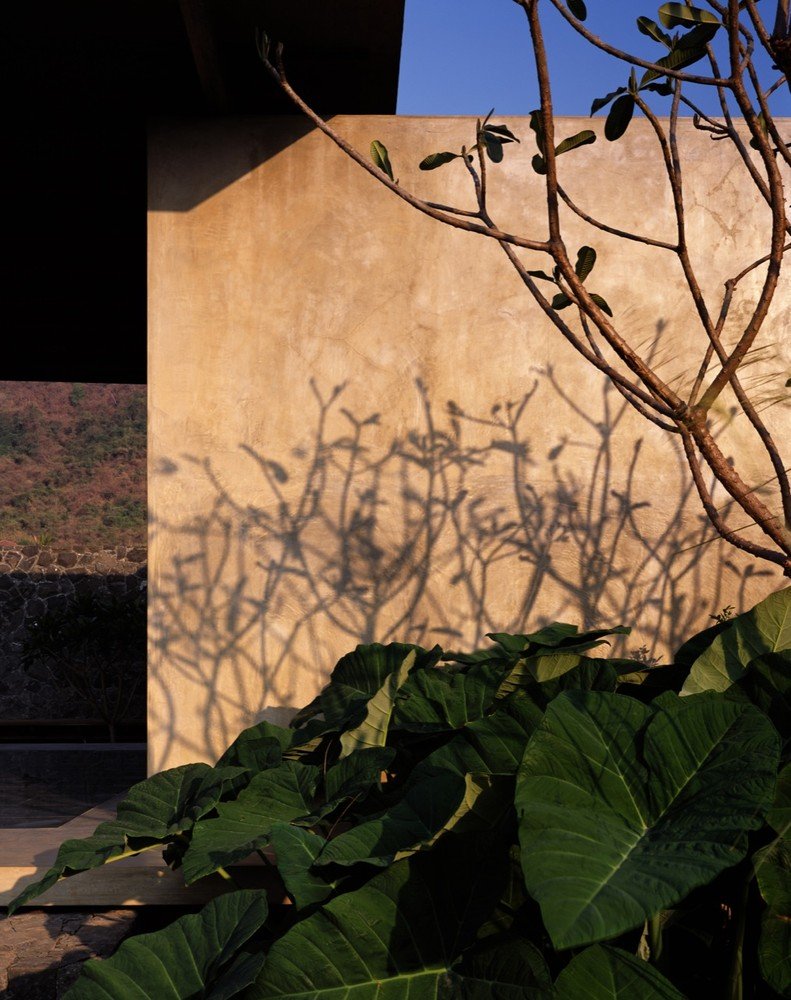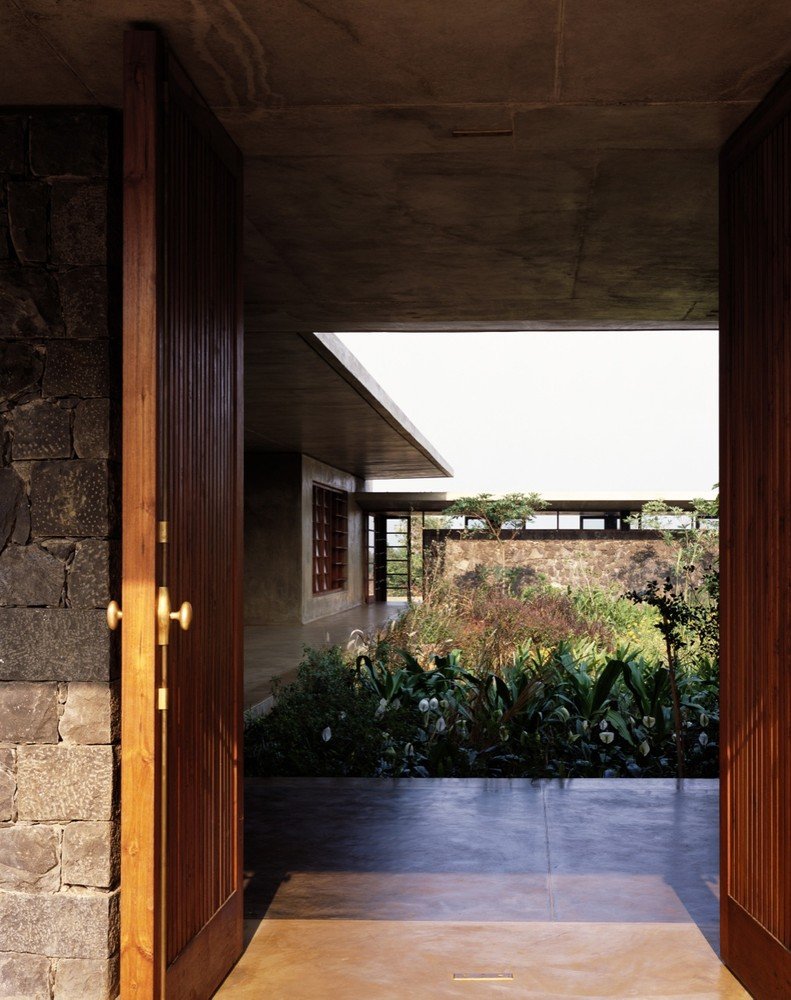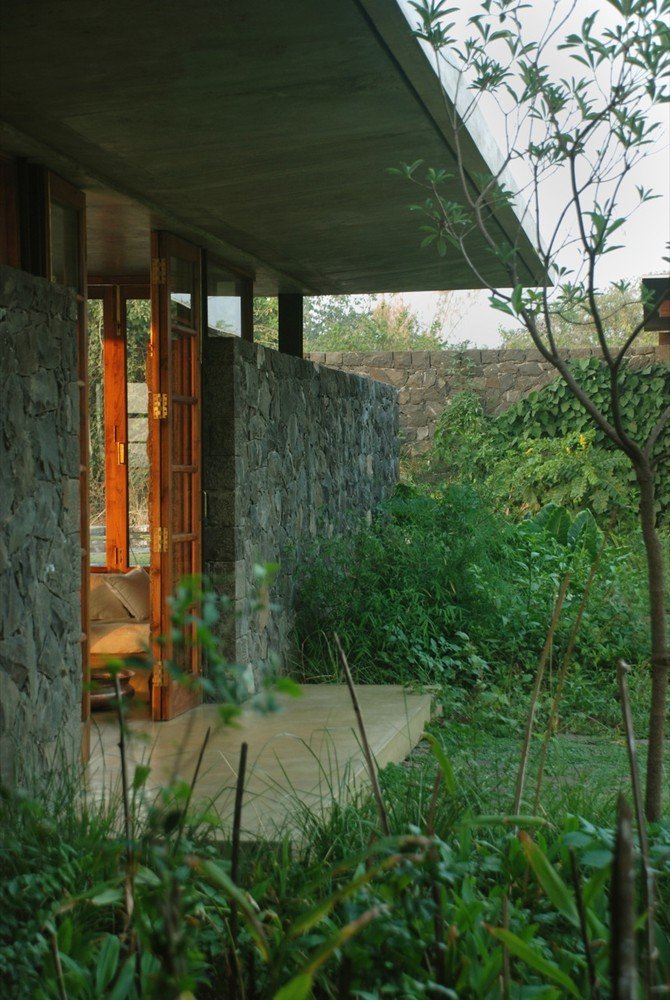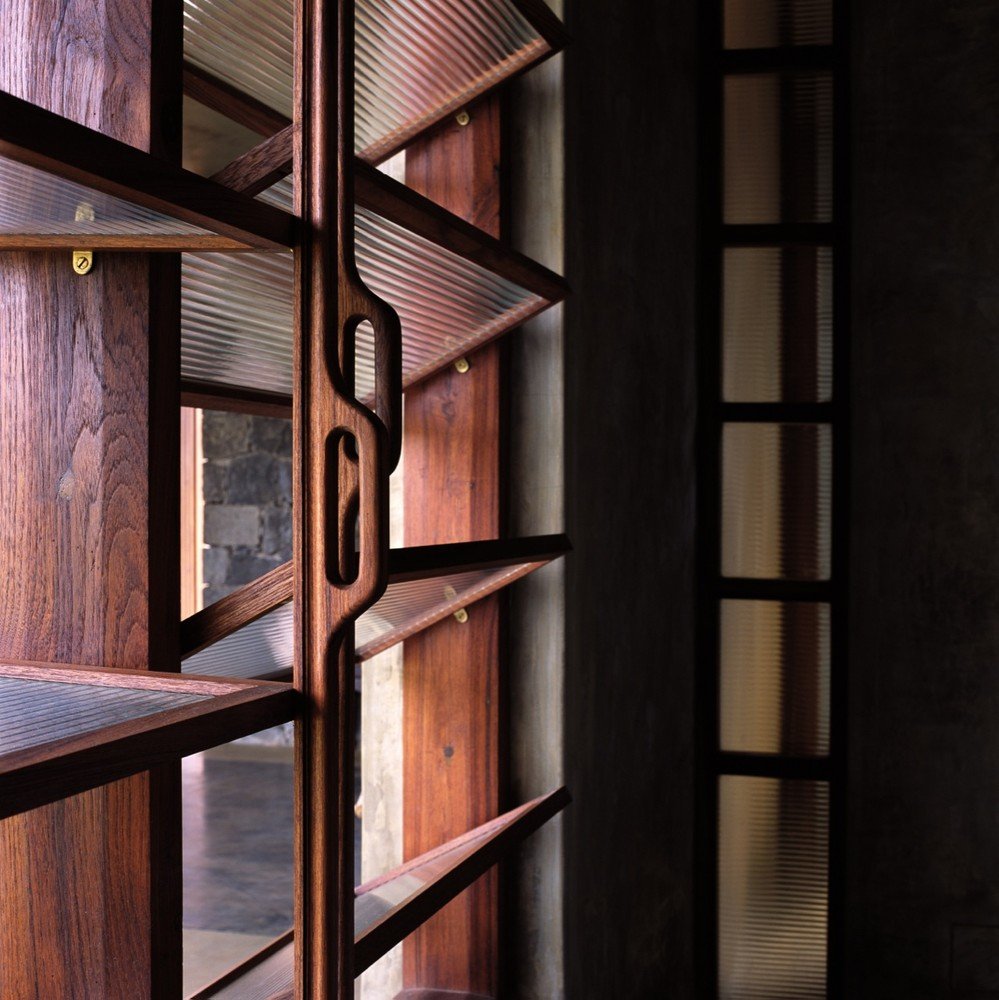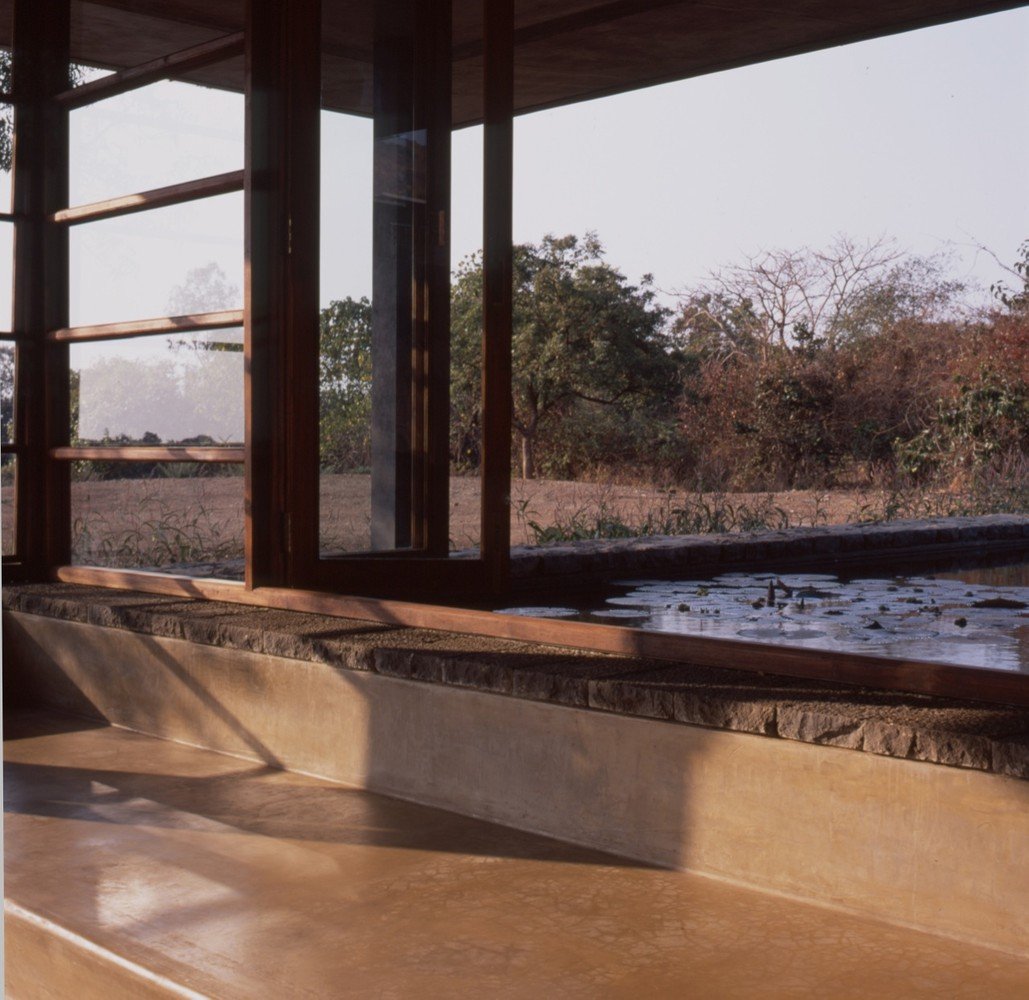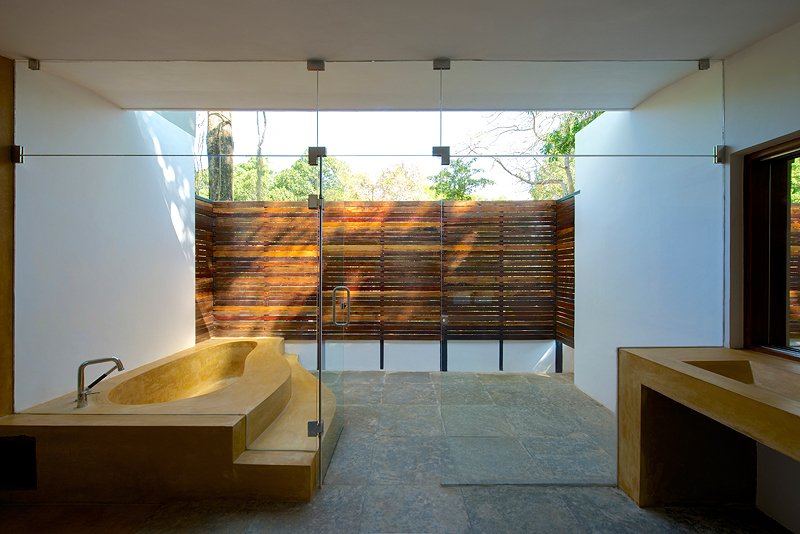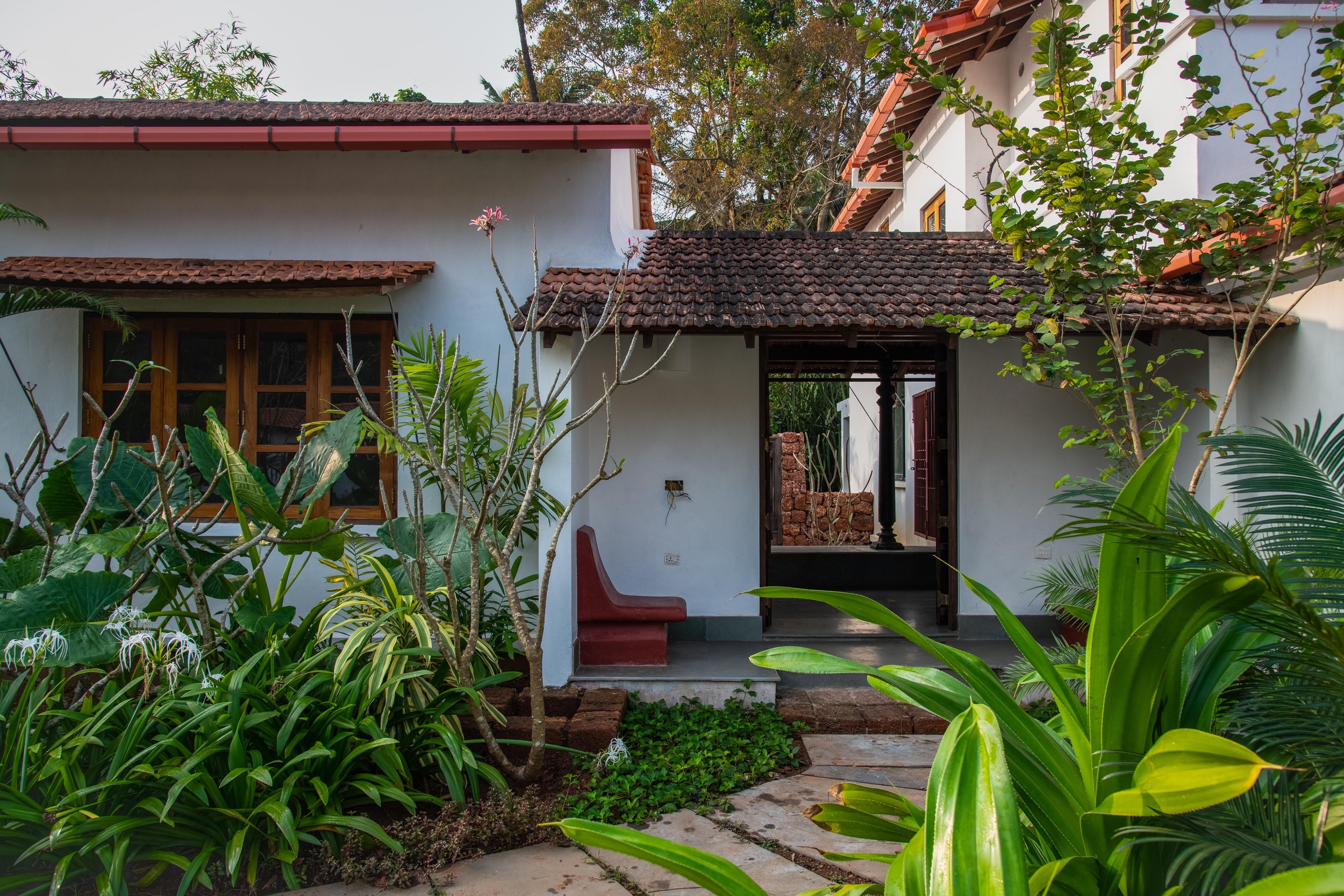During a recent visit to HH Art Spaces in Aldona, Goa opened in 2014, I saw the ‘Déjà vu’ exhibition, which was a part of a few live performances. This exhibition, photographed by Shivani Gupta, with a focus on performances using masks as props beautifully captured the essence of live performances. The photographs preserved the emotions and energy of the performances, allowing viewers to engage with themes of identity and change even after the live acts ended. One photograph of the exhibit particularly stood out to me, it was Farah Naz Moon’s performance with a green paper sheet.
In this simple piece Called 'How to live together?’, the artist held a large sheet of green paper that moved with her breath and the wind, seemingly merging her with the background. The paper gently covered her face, blurring her identity while locating her presence in the space. Like she was becoming one with her surroundings, not by disappearing but by blending into the context around her.
This reminded me of our architectural practice- Grounded in Goa. When we design villas in Goa, especially with projects that engage with the natural beauty of the land like the House with Three Pavilions and Nivim, we strive for something similar. Architecture that doesn’t dominate but complements. We don’t hide the building behind metaphorical paper sheets, but we design in a way that responds to the environment.
If you're in Goa and love art, be sure to visit HH Art Spaces in Aldona. Located beside a beautiful St. Thomas’ Church with a stunning view, they showcase exhibitions that bring together contemporary art and performance. It's a must-visit for art enthusiasts, young artists, and art collectors looking to explore something unique.










